Are you planning to make dumplings ahead of time? Or do you have leftover dumplings from dinner? If your answer is yes, you have come to the right place to learn the most effective way to store and freeze cooked and uncooked dumplings.
In this quick guide, I share the two best methods of storing dumplings: refrigerating and freezing. Read on to learn my top storage tips to ensure quality and fresh-tasting dumplings each time. Whether you are having Szechuan dumpling or dumpling skirt, these storage tips work well with most types of dumplings.
Apart from storage tips, I also share a few ways to reheat cooked dumplings and cook uncooked dumplings. You will also learn how to store the sauce or soup of the dumplings if you are using them. And if you have more questions in mind, maybe my Frequently Asked Questions will answer them.
I always make a large batch of dumplings and freeze them in the freezer. When I need them, I simply take some out in the morning and cook them. It’s quick and convenient.
If you’re short on time and want to freeze a batch of uncooked dumplings, you can refer to the quick tips in Method #2: Freeze Uncooked Dumplings.
Choose Your Method: Refrigerate Vs. Freeze
Should you refrigerate or freeze dumplings? You may be wondering which method is better than the other. Both methods are excellent for storing dumplings, but it depends on several factors.
To help you decide, I listed a few questions to consider when choosing a storage method. Answer the following questions to determine if you should refrigerate or freeze your dumplings.
- How long do you plan to store the dumplings? If you plan to store the dumplings for 3 days, refrigerating is better. If you plan to store it longer than 3 days, then freezing is better since it will prevent the dumpling wrappers from being soaked in the filling’s moisture and avoid rapid spoilage.
- Are you planning to make dumplings ahead of time? Making dumplings in advance is an excellent way to have them quickly and conveniently whenever it is time to serve them. If you are making a large batch of dumplings, I recommend freezing them to have a longer shelf life. Freezing makes it last long for a few months, depending on the filling and how fresh it is made. You can refer to USDA’s freezer storage chart to learn about the ideal freezing times. If you are making dumplings ahead of time and are planning to consume them in a couple of hours or the next day, then refrigeration is the best approach.
- How much space do you have in your fridge or freezer? Although making dumplings ahead of time is a convenient way to serve them anytime you want in the future, you also need to consider if you have space for storage. To give you an overview, dumplings are stored in such a way they won’t stick together or the container. You can prevent this from happening with a few simple tricks which also require space in your fridge or freezer.
Essential Tips For Proper Dumpling Storage
As long as you follow my step-by-step guide on refrigerating and freezing dumplings, you have nothing to worry about compromising quality. However, there are a few factors that can affect the quality of your dumplings despite following proper storage. Take note of these tips to ensure the quality of your dumplings is preserved as long as possible.
- Use fresh ingredients for your filling: I always say this in all my recipes. Pick the freshest vegetables and meat to ensure the dish won’t spoil easily. Using old or leftover ingredients is okay, but may not guarantee a longer shelf life for your dumplings, especially if you plan to store the dumplings for more than 3 days. Aside from prolonging its shelf life, fresh ingredients also make the dumplings taste better.
- Use airtight containers, zipper storage bags, or freezer-safe containers: Food should always be stored in a properly sealed container. In this way, it won’t absorb odors from other foods in the fridge and preserve its taste and texture. If stored in the freezer, the dumplings should be kept in a freezer-safe bag that can endure low temperatures to prevent freezer burns. Although the dumplings are safe to eat even when they have freezer burn, the taste and texture will deteriorate.
- Use a non-stick container or line it with parchment paper: Dumpling skin tends to stick to plastic or glass containers. When it sticks, there is a possibility the dumplings will tear when you try to take them out of the container. So, before placing the dumplings on a tray or container, line it with parchment or wax paper first.
- Let freshly cooked dumplings cool and check the quality before storing: Although hot food can be stored directly in the refrigerator, I don’t recommend this for dumplings to prevent condensation, making the food all wet from the container. You don’t want this for the dumpling skin since it can tear and become soggy from wet environments. Before storing leftover dumplings, check the dumplings and make sure they are in good condition for prolonged storage. It is best to throw out dumplings with questionable quality or spoilage signs.
- Put a label on the dumpling‘s date of preparation and filling type: This tip is particularly useful when you are making multiple batches of dumplings with different variations. It is best to put a date of when the dumplings were cooked and the filling used. As mentioned, the shelf life may depend on the type of filling used, such as pork, vegetables, and shrimp, to name a few. In this way, you can easily prioritize and select the dumplings that need to be cooked first.
Method #1: Refrigerate Cooked And Uncooked Dumplings
Use this method if you plan to store the dumplings for 1 to 3 days only. Follow these steps on how to refrigerate dumplings:
Cooked Dumplings
- Let the dumplings cool on the counter for no longer than 2 hours for food safety purposes.
- Choose your airtight container.
- Line the container with parchment paper.
- Place the dumplings in the container on a single layer. If storing soft and steamed dumplings, you can leave a small space in between to prevent them from sticking together. Avoid stacking them to prevent them from sticking and deforming.
- Cover the container, making sure it is completely sealed. In this way, no air enters and the dumplings won’t absorb odor from other foods in the fridge.
- Reheat the dumplings according to the dumpling type: steam or microwave steamed dumplings, steam or microwave boiled dumplings, pan-fry fried dumplings, or pan-fry steam-fried dumplings. Microwave is the most convenient option for reheating cooked dumplings, but it may not give the crisp texture you need for fried dumplings.
Uncooked Dumplings
I don’t really recommend storing uncooked dumplings in the refrigerator for two reasons:
- #1: The dumpling skins can absorb the moisture of the filling, making the skins soaked and soggy.
- #2: The longer it stays in the fridge, the more it loses its shape and absorbs moisture.
That is why refrigerating uncooked dumplings can only be a good option if you plan to cook it within the day. The best thing you can do is to freeze them to maintain their quality.
If you are planning to refrigerate uncooked dumplings despite these reasons, follow these steps:
- Choose your airtight container.
- Line the container with parchment paper or dust it with flour.
- Place the dumplings in the container on a single layer, not stacked or sticking together.
- Cover the container, making sure it is completely sealed.
- Keep the dumplings on the upper shelf of the fridge. The upper shelf of the fridge has the most consistent temperature and is far from other foods in the fridge and raw foods from the lower shelf.
- Take the dumplings out of the fridge when you are ready to cook them by boiling, steaming, or pan-frying.
Method #2: Freeze Cooked And Uncooked Dumplings
Freezing dumplings is the most ideal method since it is best in retaining the taste and texture while assuring the dumplings are safe to store for a longer period. Making batches of dumplings is more convenient and plausible since you can freeze the dumplings and cook them anytime you want. Here’s how to freeze cooked and uncooked dumplings.
Cooked Dumplings
- For blanched or steamed dumplings, you can smear them with oil to prevent the skin from drying out in the fridge. For fried dumplings, no need to add oil.
- Let the dumplings cool down before freezing.
- Choose a wide container or tray.
- Line the container with parchment paper.
- Place the dumplings on a single layer with ample space in between to prevent sticking.
- Freeze the dumplings until they are fully frozen. This step gives you individually frozen dumplings to make it easier to separate them when you are ready to cook according to the number of dumplings needed. In this step, you can also divide the dumplings into small servings to make it easier to pick out and serve in small quantities.
- Once the dumplings are frozen, it is now safe to stack them in a freezer-safe bag. Stack the frozen dumplings in a freezer bag. You don’t have to worry about sticking or deforming since the dumplings are rock solid already.
- Put a label on the freezer bag with the date of cooking and filling type.
- Remove excess air and seal the bag tightly. In this way, it prevents freezer burns and the dumplings from drying out since no air is present. It is important to remove as much air as you can from the bag to prevent large ice crystals from forming inside the bag.
- Reheat the dumplings by steaming, microwave, or pan-frying, whichever you prefer. Reheating time for frozen cooked dumplings will take longer than refrigerated cooked dumplings.
Uncooked Dumplings
- Dust each dumpling with flour. Do not overdust to prevent the dumpling skin from absorbing too much flour. If the dumplings are still dry, I often skip this step.
- Choose a wide container or tray.
- Line the container with parchment paper or lightly dust it with flour.
- Place the dumplings on a single layer with ample space in between to prevent sticking.
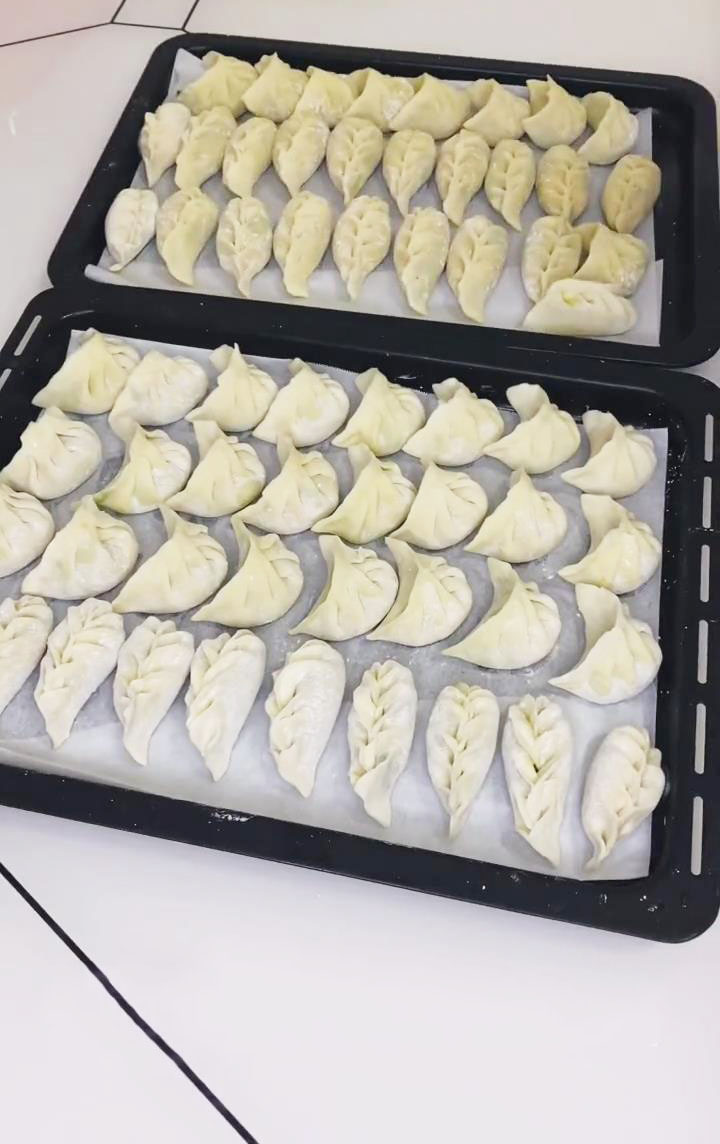
- Freeze the dumplings until they are fully frozen. This step usually takes 1-3 hours.
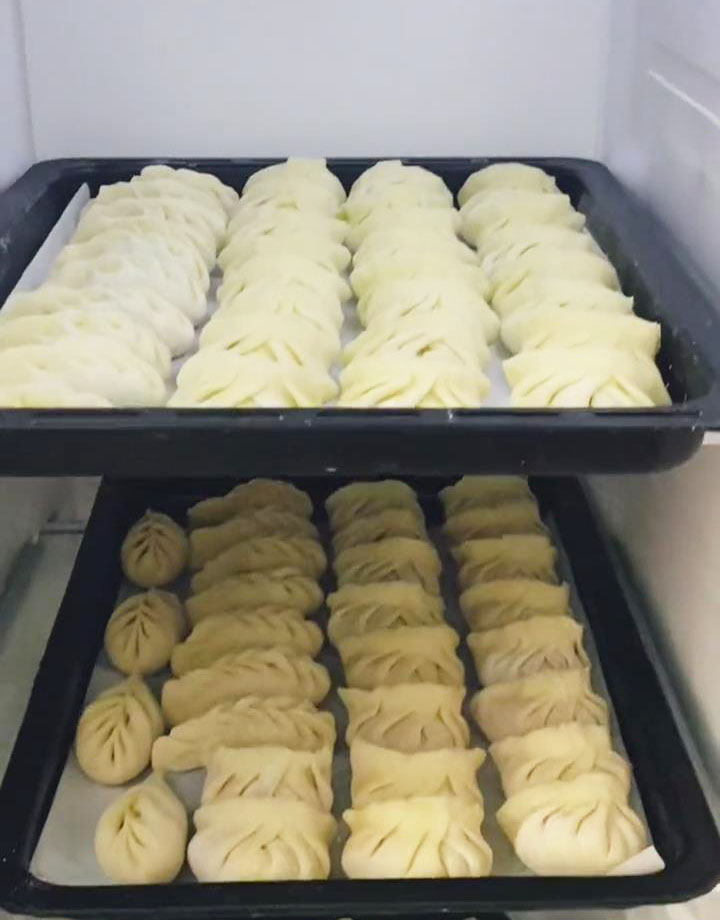
- Once the dumplings are frozen, stack the frozen uncooked dumplings in a freezer bag. You don’t have to worry about sticking or deforming since the dumplings are rock solid at this point. In this step, you can also divide the dumplings according to the number of dumplings you want to serve per meal.
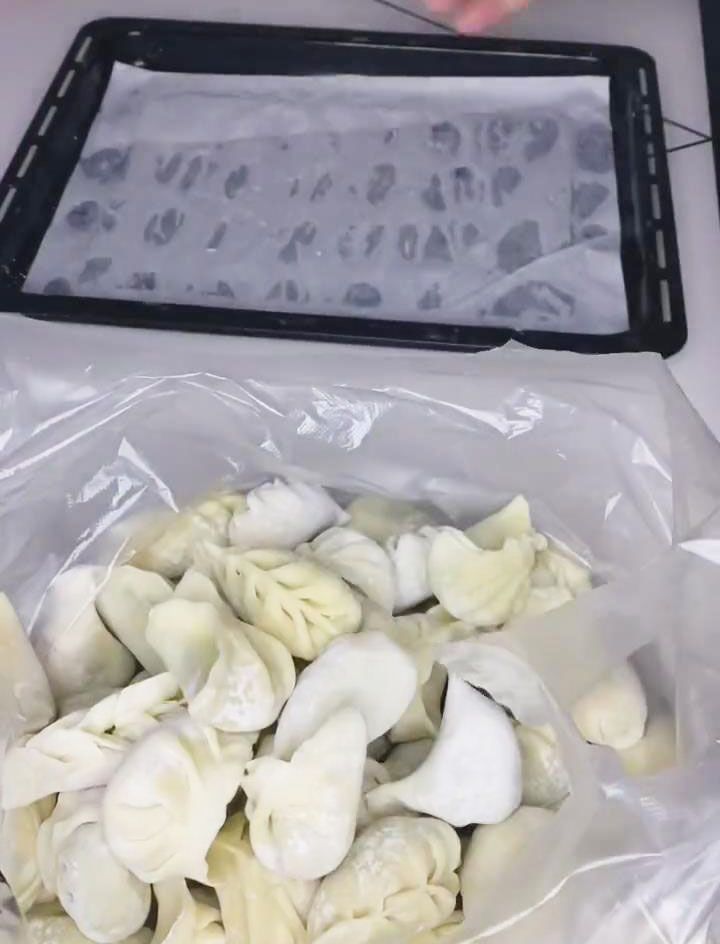
- You can put a label on the freezer bag with the date of preparation and filling type.
- Remove as much air as possible from the bag and seal it tightly before placing it in the freezer.
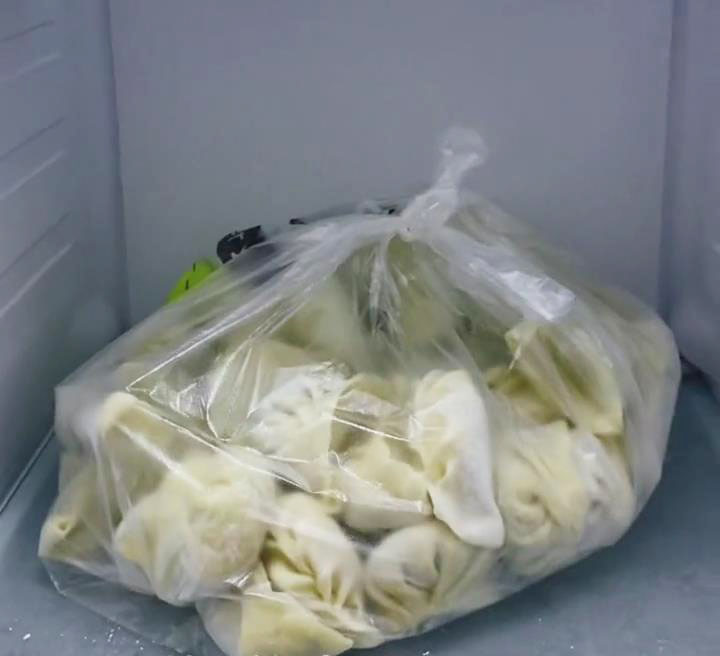
- When you are ready to cook frozen uncooked dumplings, there is no need to defrost them since you can cook them straight away. I don’t recommend defrosting the frozen uncooked dumplings since you risk letting the dumpling skin soak in melted ice. Cook the frozen dumplings depending on the recipe, such as boiled, steamed, baked, pan-fried, steam-fried, or deep-fried.
How To Store Your Dumpling Sauce Or Soup
Depending on the type of dumpling, some dumpling types may come with a sauce or soup base. For instance, my Szechuan dumplings recipe or Zhong dumplings uses a Chinese-flavored sweet soy sauce, while other dumplings need dipping sauces for a flavor boost. If you want to prepare this ahead of time, you should also make sure the sauce is stored properly.
Dumpling sauces can be kept in the fridge for up to 2 weeks. However, it could be less if you are using fresh ingredients like onions and garlic. Here’s a simple way to store the dumplings sauces or soup:
- Choose a spice glass jar or any airtight container.
- Before pouring the sauce, make sure the inside of the container is clean and dry. Otherwise, this can affect the shelf life of the sauce.
- Close the container, making sure it is sealed off.
- Store it in the fridge until you are ready to serve it with the dumplings.
Frequently Asked Questions
How long can I freeze dumplings?
As mentioned, freezing time varies on the type of dumpling, proper storage, and how fresh the ingredients are. According to the USDA, freezing food makes it safe to eat indefinitely. However, they do have a chart with recommended storage times for the sake of getting the best taste and texture. Nevertheless, keep in mind that the longer it stays in the fridge, the more the quality deteriorates over time. If you want to make sure the dumplings are still safe to eat after freezing for a few months, check the quality before cooking. It should not have molds, foul smell, or weird taste. My golden rule is: when in doubt, throw it out.
Can I refreeze dumplings if I decide not to use them?
Yes, it is okay and generally safe to refreeze dumplings as long as it is handled properly. However, the taste and texture may be affected since the dumplings lose moisture the moment it is taken out of the freezer and start to thaw. Keep in mind it is not safe to refreeze dumplings that are left for more than 2 hours outside.
Should the dumplings be thawed before cooking?
As mentioned, I don’t recommend thawing the dumplings before cooking since this risks moisture getting soaked in the dumpling skin. You don’t want the dumpling skin to be soaking wet before cooking. Otherwise, the dumpling skin may become soggy and tear.
Are all types of dumplings safe for freezing?
Generally, refrigerating and freezing works for most types of dumplings using dumpling wrappers. However, I don’t recommend freezing rice paper dumplings made with rice paper. Rice paper does not freeze well since it is ultra-thin and the texture won’t be the same when cooked. For this type of dumpling, it is best to consume them right away and store leftovers in the fridge.
Can I store the dumpling wrappers without the filling?
If you made dumplings and have leftover dumpling wrappers, you can store them in the fridge or freezer. To store the wrappers in the fridge or freezer, dust both sides of the wrapper with potato starch, pile them up, cover them with plastic wrap, and store them in an airtight container. When you are ready to use frozen dumplings wrappers, thaw and allow them to soften at room temperature or in the fridge. In this way, the dumpling wrappers are soft enough to fold in 7 ways.
Final Thoughts
Learning about the proper storage of dumplings makes it easier to plan and manage your meals for the week or month. In a nutshell, refrigerating dumplings is better for short turnarounds, whereas freezing dumplings is ideal for large batches of dumplings for better meal planning. Whichever method you choose, the tips and suggestions outlined in this guide ensure you still get the best taste and texture of your dumplings.
Personally, I prefer making batches of dumplings and freezing them. It may be a lot of work at first, but it is way more convenient in the long run. It lessens the amount of time working in the kitchen whenever you crave dumplings.
Have you found these tips helpful? Do you prefer refrigerating or freezing dumplings? Share your thoughts and suggestions in the comments section below!
For more cooking tips and recommendations, follow Kitchen Misadventures on Instagram and TikTok. If you liked this guide, check out How To Store And Reheat A Bao Bun as well. Now that you know more about storing dumplings, give these recipes a try: Gluten-Free Dumplings, Szechuan Dumplings, Dumpling Skirt, Wu Gok 芋角, and Ham Sui Gok 咸水角.

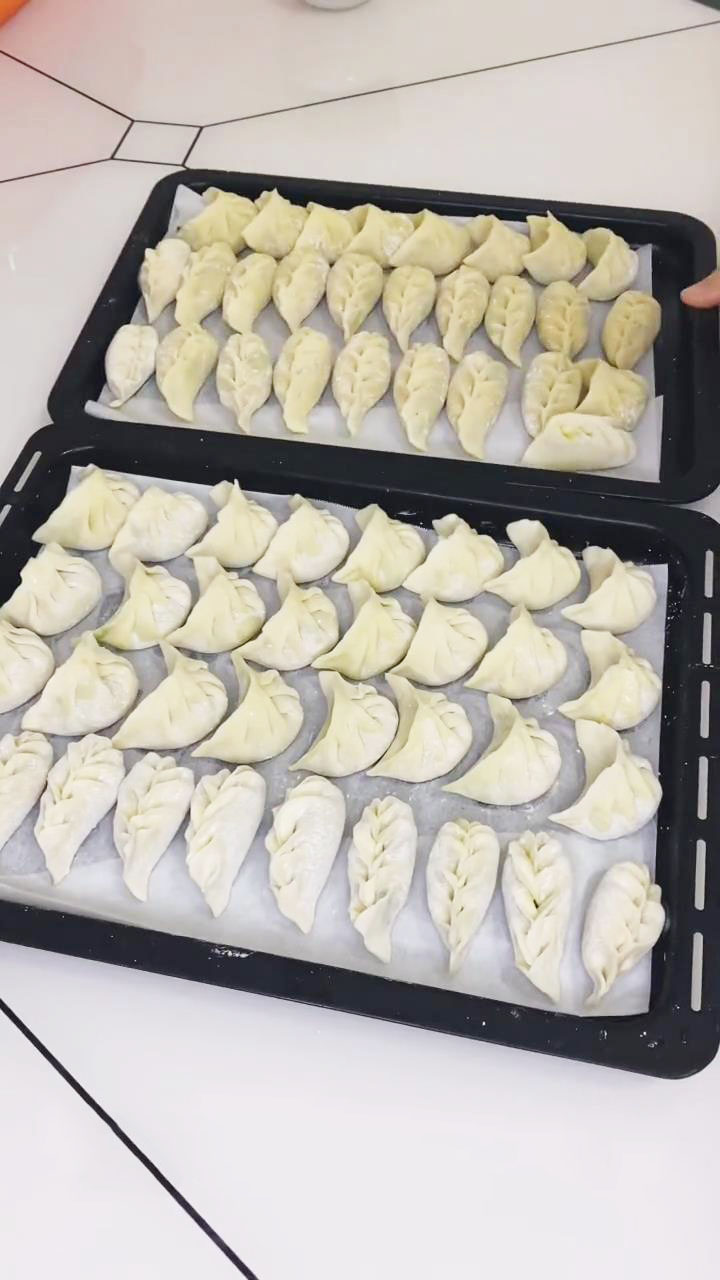
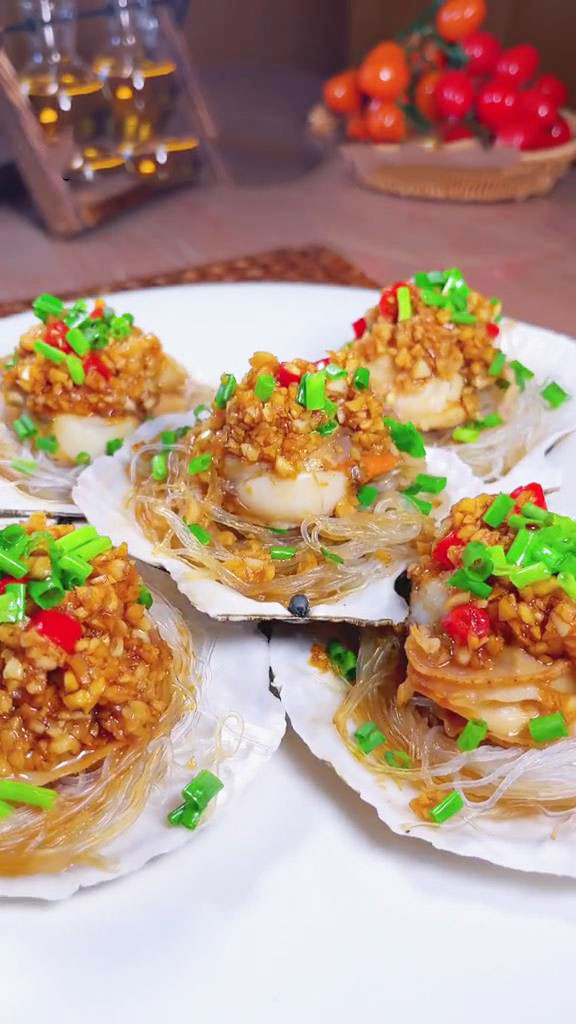
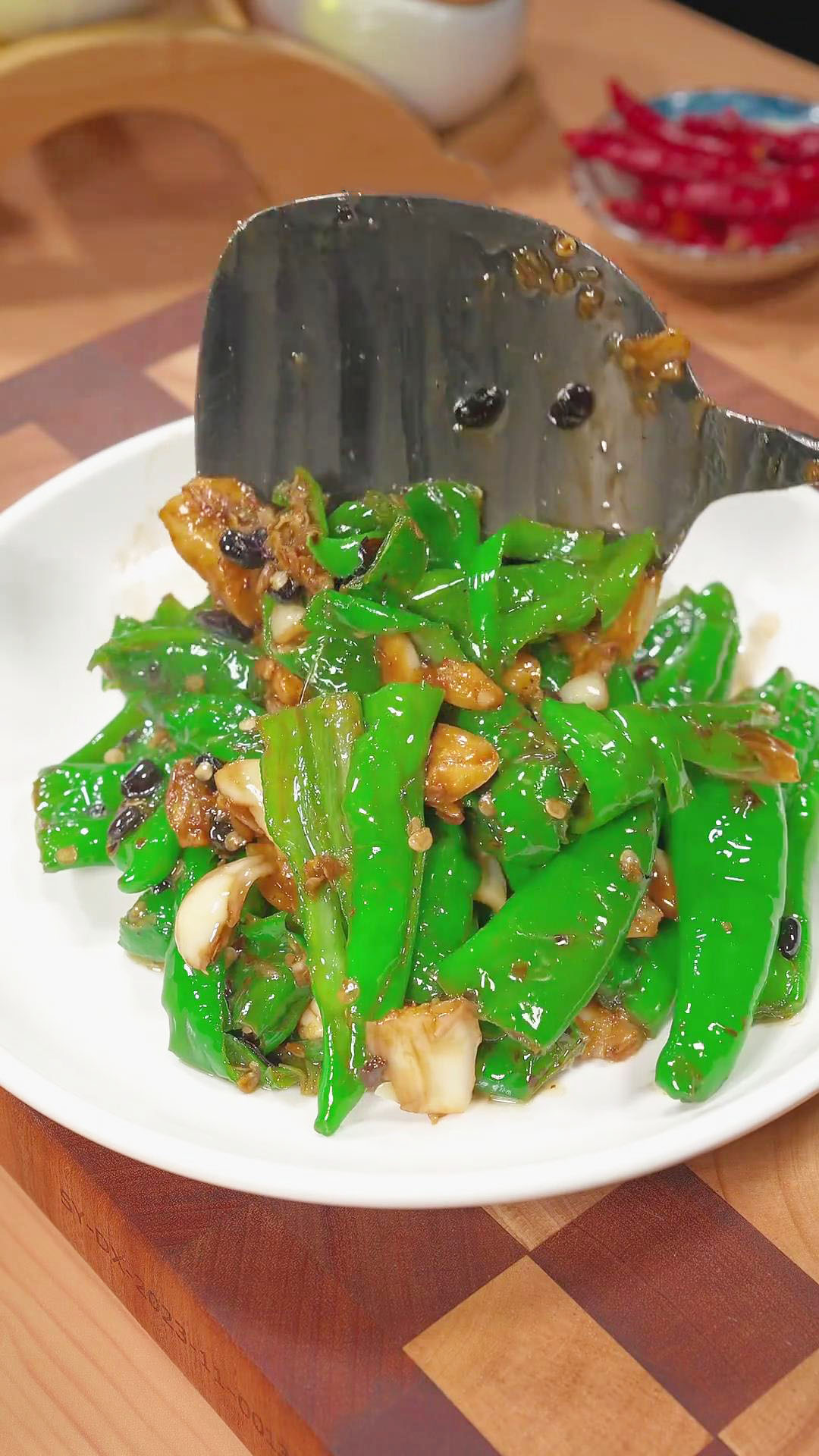
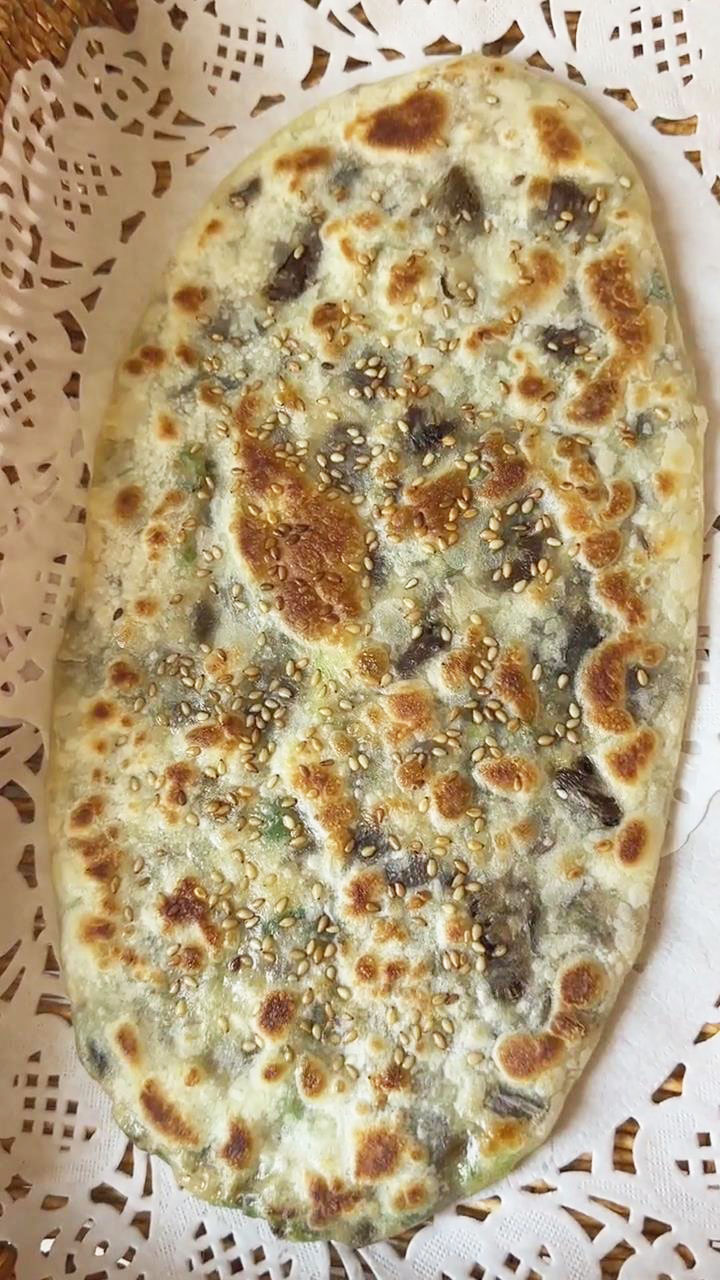
Thank you for this article. When you re-heat them, do you cook them for less time than the first time you cooked them? Won’t they be overcooked if you boil them 3 times more?
Hi GrandmaPam,
I rarely reheat cooked dumplings, but if they’re stored in the fridge and not frozen hard, here’s how I handle it:
Steamed Dumplings: Reheat by steaming or using a microwave.
Boiled Dumplings: Reheat by steaming or microwaving.
Fried Dumplings: Pan-fry to regain their crispiness.
Steam-Fried Dumplings: Pan-fry to reheat.
Microwaving is the easiest option but might not restore the crispiness of fried dumplings.
Yes, boiling dumplings multiple times can definitely lead to overcooking. If you boil them three times or more, they can become too soft and may cause the filling to leak out.